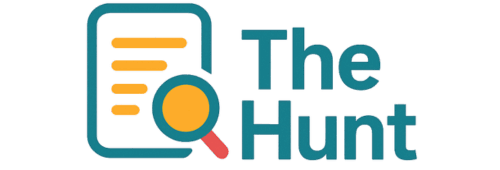Navigating the world of equipment financing can be a daunting task for businesses looking to acquire new machinery or technology. Understanding equipment financing rates is crucial for making informed decisions that align with your financial goals and operational needs. Whether you are a small business owner or part of a larger organization, knowing how these rates work can save you money and help you secure the best possible terms.
Equipment financing rates are the interest rates and terms that lenders offer to businesses for leasing or purchasing equipment. These rates can vary significantly based on several factors, including the type of equipment, the creditworthiness of the borrower, the length of the financing term, and current market conditions. Typically, more expensive or specialized equipment may have higher rates due to the perceived risk to lenders. Conversely, businesses with strong credit profiles may qualify for more favorable terms.
One of the first steps in securing favorable equipment financing rates is to understand your credit profile. Lenders use credit scores and financial history to assess the risk of lending to your business. A higher credit score can result in lower interest rates, saving your business money over the term of the loan. Before applying, it’s wise to review your credit report and address any discrepancies or negative marks that could impact your eligibility.
Market conditions also play a significant role in determining equipment financing rates. Interest rates are influenced by the broader economic environment, including the federal interest rate set by the central bank. When these rates are low, equipment financing rates tend to be more competitive. Keeping an eye on economic news and trends can help you time your financing application to coincide with favorable market conditions.
Another factor to consider is the type of financing agreement that best suits your needs. Equipment financing comes in various forms, such as leases, loans, or equipment purchase agreements. Each has its own set of pros and cons. For instance, leasing may offer lower monthly payments and more flexible terms, while a loan might be more cost-effective in the long run if you intend to own the equipment outright. Your choice will depend on your specific financial situation and operational needs.
It’s also essential to shop around and compare different lenders and their offerings. Each lender has its own criteria and rates, so getting multiple quotes can help you find the best deal. Some online platforms and tools can assist in comparing equipment financing rates from various lenders, providing a clearer picture of your options.
In addition to comparing rates, look for any additional fees or costs associated with the financing agreement. These might include processing fees, penalties for early repayment, or maintenance costs. Understanding the full cost of financing, beyond just the interest rate, will help you avoid surprises and budget accordingly.
Finally, consider seeking advice from financial advisors or industry experts. They can provide valuable insights and recommendations tailored to your business’s unique situation. This guidance can be particularly useful for businesses new to equipment financing.
To explore more about securing the right financing for your equipment needs, you can find detailed resources and expert advice on this website. Making informed decisions about equipment financing can position your business for growth and success, ensuring you have the tools needed to compete effectively in your industry.

